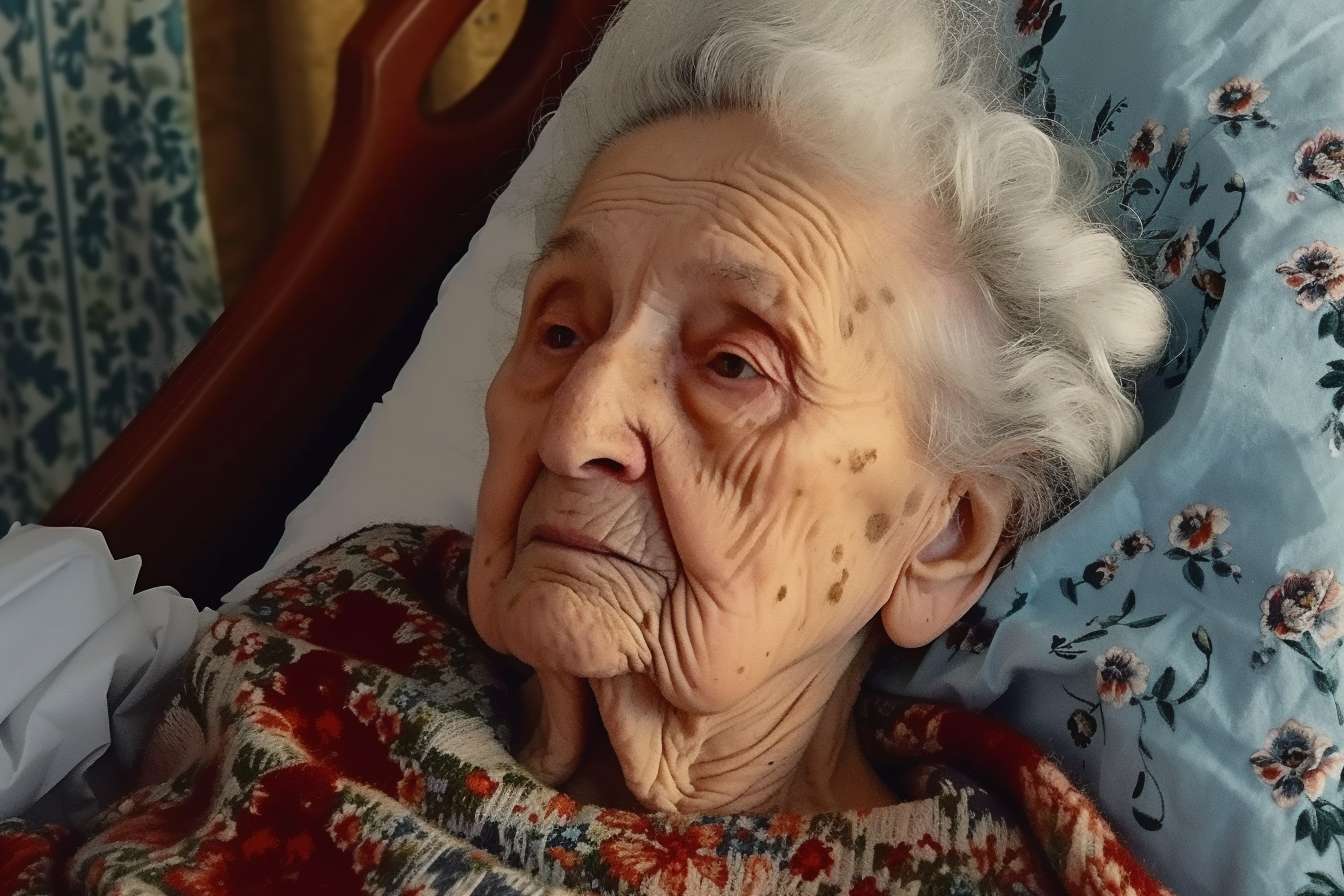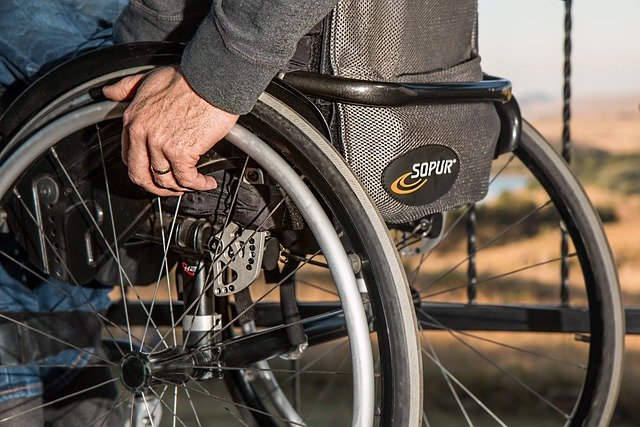Find Your Perfect Senior Home: Supportive, Safe, and Tailored to You
Choosing the right senior living arrangement represents one of the most significant decisions families face as loved ones age. Modern senior care has evolved far beyond traditional nursing homes, offering diverse options that prioritize independence, safety, and personalized care. Whether you're exploring options for yourself or a family member, understanding the landscape of senior living helps ensure you find an environment that matches specific needs, preferences, and lifestyle goals.

What are the supportive senior living options available?
Senior living encompasses several distinct care models, each designed to meet different levels of independence and assistance needs. Independent living communities cater to active seniors who want maintenance-free living with social opportunities and recreational activities. These facilities typically offer apartment-style accommodations with dining services, housekeeping, and organized events.
Assisted living facilities provide a middle ground, offering personal care assistance with daily activities like bathing, medication management, and meal preparation while maintaining resident independence. Memory care units specialize in supporting individuals with Alzheimer’s disease or other forms of dementia through structured environments and specialized programming.
Continuing Care Retirement Communities (CCRCs) provide multiple levels of care on one campus, allowing residents to transition between independent living, assisted living, and skilled nursing as their needs change. This option offers long-term stability and eliminates the stress of future relocations.
How can you ensure a safe and comfortable senior care environment?
Safety considerations extend beyond basic security measures to encompass comprehensive wellness approaches. Quality senior living facilities implement multiple safety layers, including 24-hour staffing, emergency response systems, and regular wellness checks. Physical environments should feature accessible design elements like grab bars, non-slip flooring, adequate lighting, and clear pathways to prevent falls.
Staff training and certification levels directly impact resident safety and comfort. Look for facilities with licensed nurses on-site, trained caregivers with background checks, and ongoing education programs. Quality facilities maintain low staff turnover rates and demonstrated expertise in handling medical emergencies.
Environmental comfort factors include temperature control, noise management, cleanliness standards, and comfortable common areas. Many modern facilities incorporate technology like wearable emergency devices, medication dispensing systems, and health monitoring tools to enhance both safety and independence.
What personalized services are available for seniors in modern care facilities?
Contemporary senior living facilities recognize that one-size-fits-all approaches fail to meet individual needs and preferences. Personalized care plans address specific health conditions, mobility requirements, dietary restrictions, and social preferences. Many facilities offer customizable meal plans accommodating special diets, cultural preferences, and individual tastes.
Rehabilitation services often include physical therapy, occupational therapy, and speech therapy delivered on-site. Wellness programs may feature fitness classes adapted for various ability levels, mental health support, and chronic disease management. Some facilities provide transportation services for medical appointments, shopping trips, and community outings.
Social and recreational programming increasingly reflects diverse interests and backgrounds. This might include art therapy, music programs, gardening clubs, book clubs, religious services, and intergenerational activities. Technology integration helps residents stay connected with family through video calling systems and internet access.
What are the modern senior living trends for 2025?
The senior living industry continues evolving to meet changing demographics and expectations. Aging-in-place technology allows many seniors to remain in their homes longer through smart home systems, telemedicine, and remote monitoring capabilities. When facility care becomes necessary, these technologies integrate into senior living environments.
Wellness-focused design emphasizes creating environments that promote physical and mental health. This includes outdoor spaces, natural lighting, therapeutic gardens, and fitness facilities designed specifically for older adults. Many new facilities incorporate biophilic design principles that connect residents with nature.
Person-centered care models prioritize individual choice and dignity, moving away from institutional approaches toward hospitality-inspired environments. This trend includes restaurant-style dining, flexible scheduling, and accommodation of personal preferences in daily routines.
How do you evaluate and compare senior living facilities?
Effective facility comparison requires systematic evaluation across multiple criteria. Start by assessing care capabilities against current and anticipated future needs. Review licensing, accreditation, and inspection reports available through state regulatory agencies. Medicare’s Care Compare website provides valuable data on facility performance and quality ratings.
Financial transparency becomes crucial during evaluation. Request detailed cost breakdowns including base fees, additional service charges, and potential future increases. Understand what services are included in monthly fees versus those requiring additional payment. Many facilities offer trial stays or short-term respite care options that allow firsthand experience before making long-term commitments.
Visit facilities multiple times at different hours to observe daily operations, meal quality, staff interactions, and overall atmosphere. Pay attention to resident engagement levels, cleanliness standards, and how staff respond to resident needs. Speaking with current residents and their families provides valuable insights into daily life experiences.
| Provider Name | Care Levels | Monthly Cost Range | Key Features |
|---|---|---|---|
| Sunrise Senior Living | Independent, Assisted, Memory Care | $3,500 - $8,000 | Restaurant-style dining, wellness programs |
| Brookdale Senior Living | Independent, Assisted, Memory Care, Skilled Nursing | $3,200 - $7,500 | Person-centered care, technology integration |
| Atria Senior Living | Independent, Assisted, Memory Care | $3,800 - $8,500 | Resort-style amenities, engaging life programs |
| Holiday Retirement | Independent Living | $2,500 - $5,000 | All-inclusive pricing, pet-friendly policies |
Prices, rates, or cost estimates mentioned in this article are based on the latest available information but may change over time. Independent research is advised before making financial decisions.
Selecting the right senior living option requires careful consideration of individual needs, preferences, and circumstances. The modern senior living landscape offers numerous choices designed to support aging with dignity, safety, and engagement. Take time to thoroughly research options, visit facilities, and involve your loved one in decision-making processes. Quality senior living should enhance life experiences while providing necessary support and peace of mind for both residents and their families.
This article is for informational purposes only and should not be considered medical advice. Please consult a qualified healthcare professional for personalized guidance and treatment.




